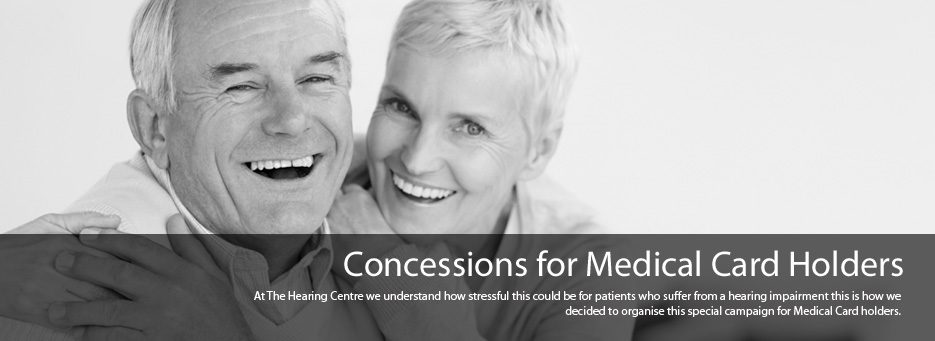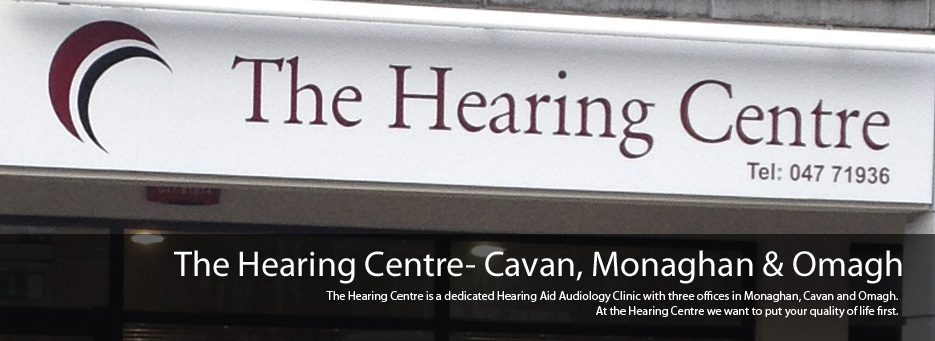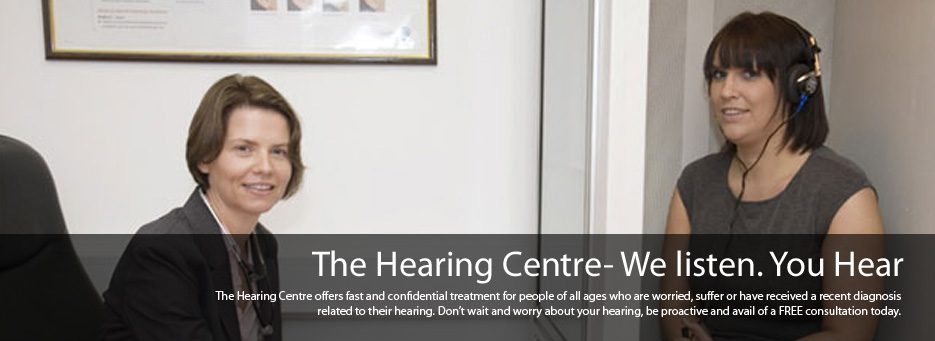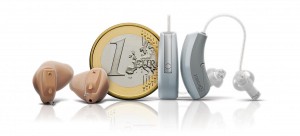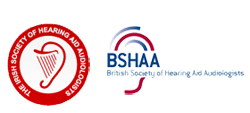If you have a hearing impairment you may be able to wear a hearing aid. A hearing aid does not cure a hearing impairment, but increases the volume of sound entering your ear so that you can hear better. At the Hearing Centre we offer a 60 day money back guarantee so you can find out if an aid will work for you.
What is a Hearing Aid?
A hearing aid is an electronic device made up of a microphone, an amplifier, a loud speaker and a battery. Modern hearing aids are very small and discreet and can be worn inside the ear. Many are invisible. The microphone picks up sound, which is made louder by the amplifier. Hearing aids are fitted with devices that can distinguish between background noise (such as traffic) and foreground noise (such as conversation).
If you need a hearing aid, an audiologist will take an impression of your ear so that the hearing aid can be fitted perfectly. Your hearing aid will be adjusted to suit your level of hearing impairment, and you will be shown how to use and care for your hearing aid .
The different types of hearing aids available are:
Completely-in-the-canal (CIC) hearing instruments fit deeply inside your ear canal, making them almost invisible. They are cosmetically appealing. CICs are suitable for mild to moderate severe hearing losses.
In-the-canal (ITC) hearing instruments fit almost entirely inside your ear canal, making them very discreet. They have additional room to accommodate options that may not fit on a CIC. ITCs are more suitable for mild to moderate severe hearing losses .They can also be fitted with a teli-coil for use in churches, public buildings and many shops which help to reduce background noise.
Behind-the-ear (BTE) hearing instruments sit comfortably behind your ear. Amplified sounds pass through a tube to an ear mould that fits securely in your outer ear. BTEs are most adaptable to your changing listening needs. They offer longer battery life and most are compatible with assistive listening devices. BTEs are suitable for mild to profound hearing losses. Many behind the ear aids are now extremely discrete. FORGET ABOUT THE OLD AIDS THAT WISTLE ALL THE TIME. THOSE DAYS ARE OVER. ??
At the Hearing Centre we ask a number of questions and perform a number of tests to determine what is suitable for you this includes:
- Degree of hearing loss: not all shell styles and technologies are appropriate for all hearing losses.
- Ear anatomy: some ear canals are very tiny, making it almost impossible to fit a CIC aid.
- Lifestyle: your different listening environments will help dictate the best hearing instrument to meet those needs.
- Manual dexterity: ITCs and CICs are easy to insert, but require steady hands.
- Cosmetic preferences: there’s a wide range of styles, colours and sizes from which to choose.
- Budget: hearing instruments are available in a wide range of prices with a model for every budget
With advances in hearing aid product development, you can now get hearing aids that sit inside the ear and are not visible to the eye. This, says Patricia, has really helped people who discover that they need a hearing aid and need time to get used to this fact. “It is important that we reassure clients that having a hearing aid need not be a big deal. In fact most people are thrilled with the benefits and describe it as ‘life-changing’ allowing them to lead normal lives again.”
